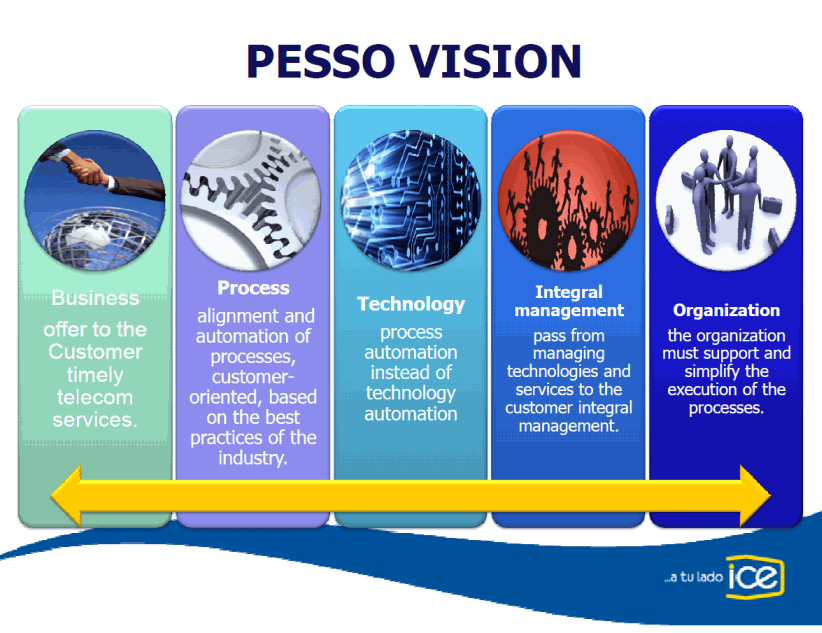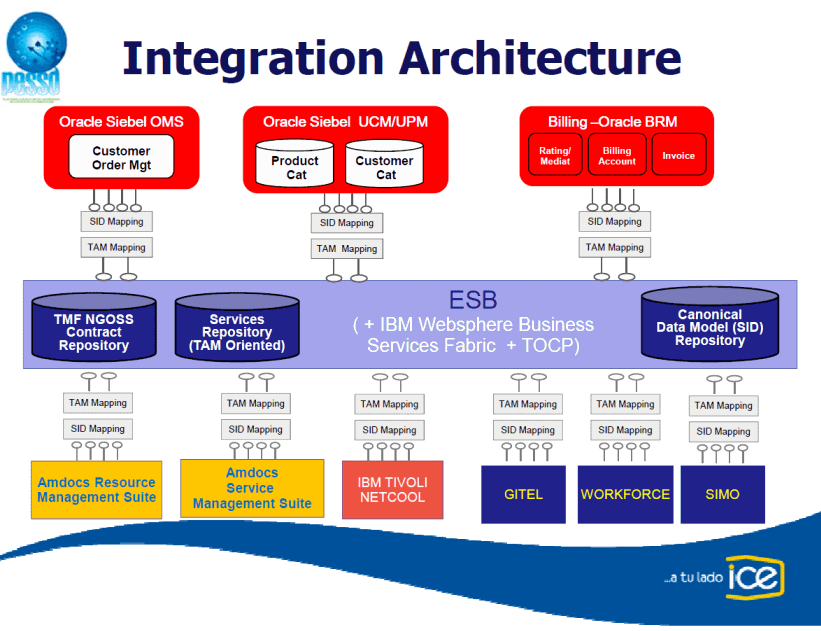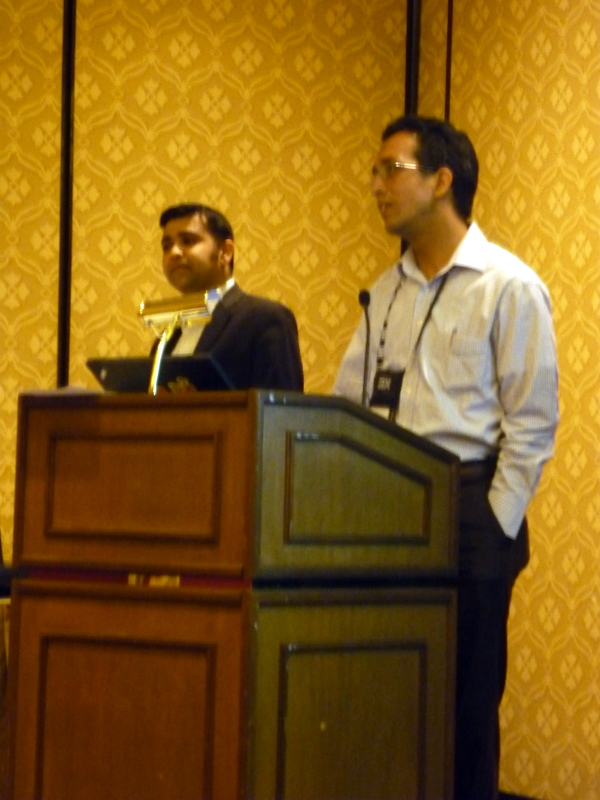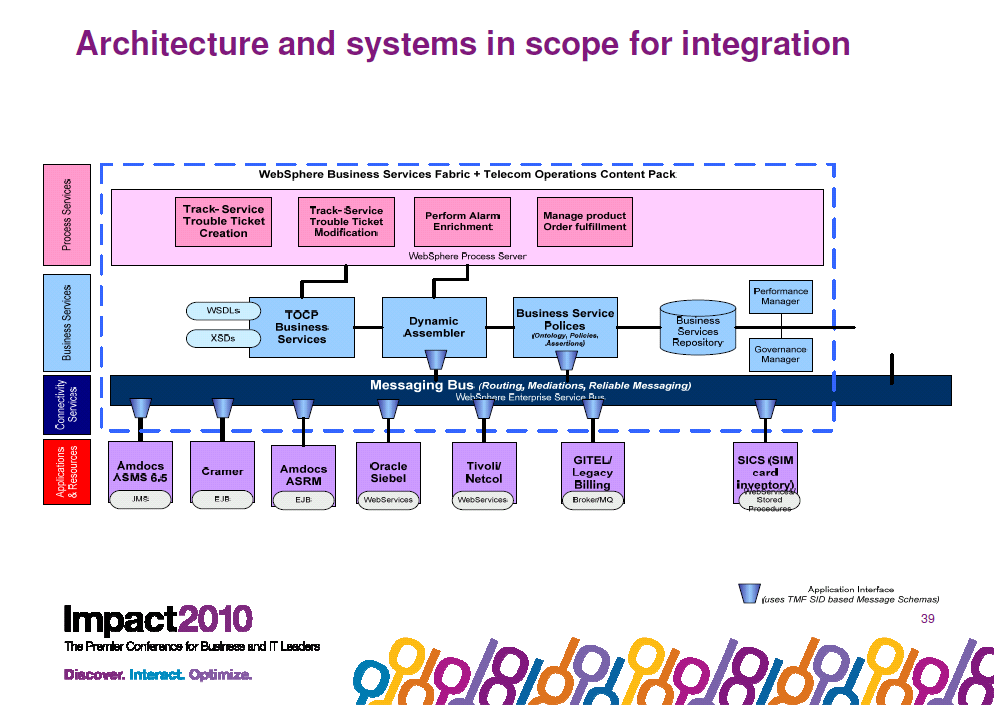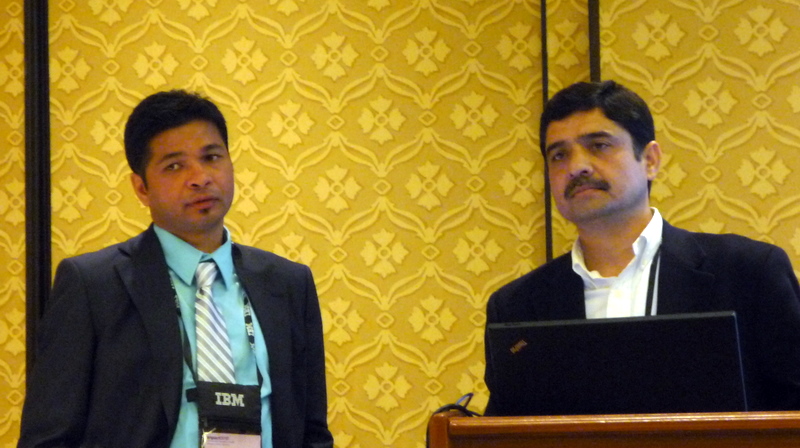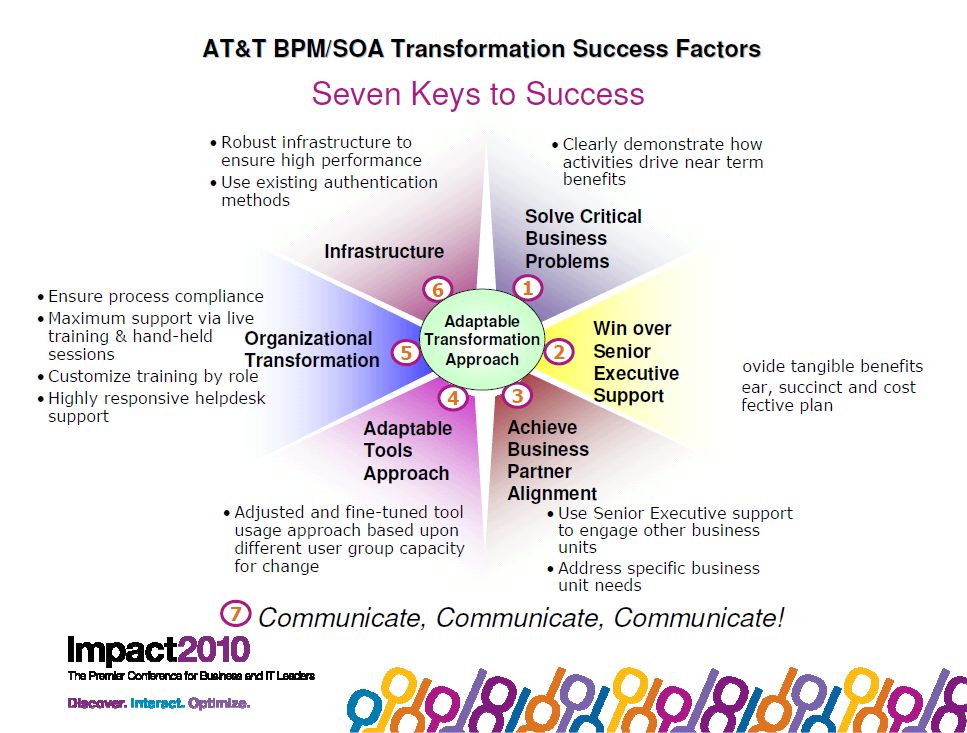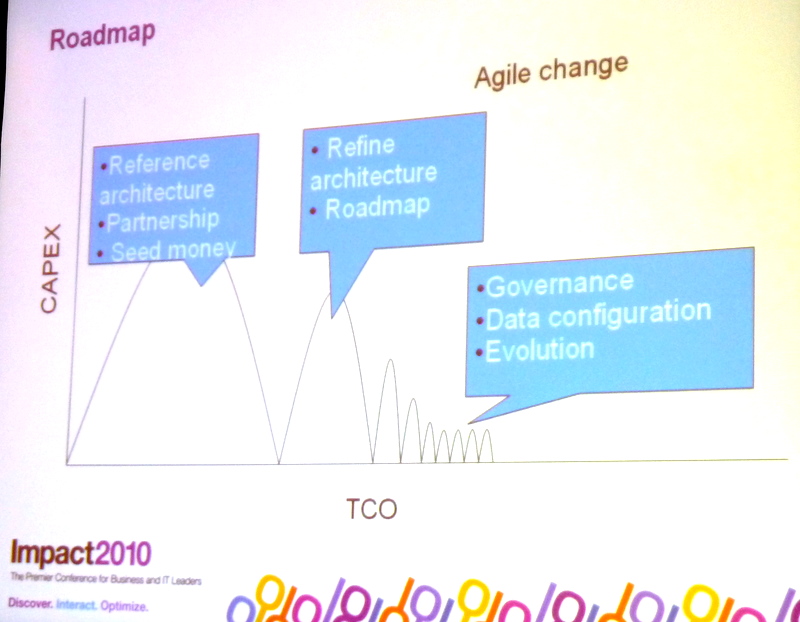Originally posted on 10Jun10 to IBM Developerworks (11,776 Views)
Regarding this article: http://www.computerworld.com/s/article/9177819/Jobs_has_lofty_goal_for_iPhone_4_s_FaceTime_video_chat_with_open_standard

I came across this article today – Apple wanting to propose their new Facetime technology for video chat now that they finally have a camera on the front of their iPhone 4. I’m now on my second phone with a camera on the surface of the phone (that’s at least four years that my phones have had video chat capabilities) which has not proved to be much more than a curiosity where Telcos have launched it around the world. I recall the first 3G network launch in Australia – for Hutchinson’s ‘3’ network – video chat was seen as the next big thing – the killer application, yet apart from featuring in some reality shows on the TV, very few people used it. I wonder why Steve Jobs thinks this will be any different. At least the video chat capabilities that are in the market already have a standard that they comply with which means that on my Nokia phone, I can have a video call with someone on a (say) Motorola phone. With Apple’s Facetime, it’s only iPhones 4 to iPhone 4 (which does not support a 4G network like LTE or WiMax I hasten to add). If Apple really is worried about standards as the Computerworld article suggests, then I have to ask why doesn’t Apple make their software comply with existing 3GPP Video call standards instead of ‘inventing their own’. If Apple were truly concerned about interoperability, that would have been a more sensible path.

According to Wikipedia, in Q2 2007 there were “… over 131 million UMTS users (and hence potential videophone users), on 134 networks in 59 countries.”. Today, in 2010, I would feel very confident in doubling those figures given the rate at which UMTS networks (and more latterly, HSPA networks) have been deployed throughout the world. Of note is that the Chinese 3G standard (TD-SCDMA) also supports the same video call standard protocol. That protocol (3G-324M – See this article from commdesign.com for a great explanation of the protocol and it’s history – from way back in 2003!) has been around for a while and yes, it was developed because the original UMTS networks couldn’t support IPv6 or the low latency connectivity to provide a good quality video call over a purely IP infrastructure. But, things have changed with LTE gathering steam all around the world (110 telcos across 48 countries according to 3GPP) and mobile WiMax being deployed in the USA by Sprint and at a few other locations around the world (See WiMax Forum’s April 2010 report – note that the majority of these WiMax deployments are not for mobile WiMax and as far as I know, Sprint are the first to be actively deploying WiMax enabled mobile phones as opposed to mobile broadband USB modems) so, perhaps it is time to revisit those video calling standards and update them with something that can take advantage of these faster networks. I think that would be a valid thing to do right now. If it were up to me, I would be looking at SIP based solutions and learning from the success that companies like Skype have had with their video calling (albeit only on PCs and with proprietary technology) – wouldn’t it be great if you could video call anyone from any device?
I guess the thing that annoys me most about Apple’s arrogance is to ignore the prior work in the field. Wouldn’t it be better to make Facetime compatible with the hundreds of millions of handsets already deployed rather than introduce yet another incompatible technology and proclaim it as “… going to be a standard”.
My 2c worth…


